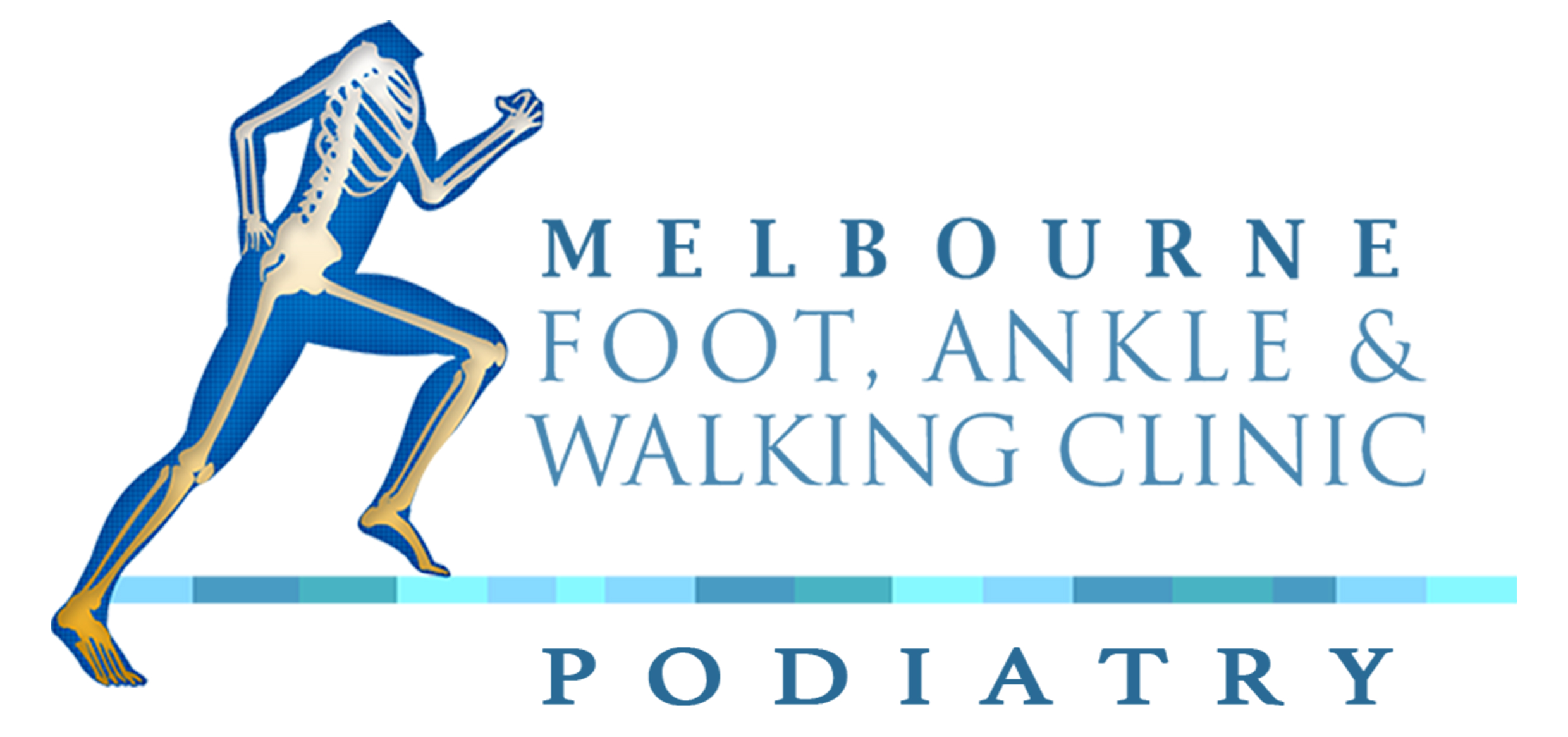What is Hip Pain
Hip pain is a common condition that affects many people at some point in their lives. It can range from mild discomfort to severe pain that interferes with daily activities. Hip pain can be caused by a variety of factors, including injury, overuse, and underlying medical conditions.
Hip pain can be a frustrating and painful condition, but with proper diagnosis and treatment, many people are able to find relief from their symptoms. By taking steps to prevent hip pain and seeking medical attention when necessary, individuals can protect their hips and maintain their mobility and quality of life.
Causes of Hip Pain
There are a variety of different factors that can contribute to hip pain, including lower limb mechanics.
- Lower limb mechanics – This is how your lower body works for example the flexion, extension and mobility of your bones, joints, ligaments and tendons. As your whole body is connected, often if there is an issue with one area, your body can often over compensate for it somewhere else. For example if your foot posture is not right when you are walking, it may mean your hips are overcompensating or not working in their ideal position either which then can cause Hip Pain.
- Leg Length Difference / Limb Length Discrepancy – This is not uncommon, in fact, a lot of people will have one leg slightly longer than the other. For the majority of the population a minor difference will go completely unnoticed and cause no issues for the individual, however others will suffer from associated problems, such as Hip Pain, Knee Pain, Back Pain and other lower limb problems.
- Osteoarthritis – This is a common condition that causes the cartilage in the hip joint to wear down over time, leading to pain and stiffness.
- Rheumatoid arthritis – This is an autoimmune disorder that causes inflammation in the joints, including the hips.
- Bursitis – This is a condition that occurs when the bursa (a fluid-filled sac that cushions the joint) becomes inflamed, leading to pain and swelling.
- Tendinitis – This is a condition that occurs when the tendons in the hip become inflamed, leading to pain and discomfort.
- Hip fractures – This is a serious injury that occurs when one of the bones in the hip is broken, usually as a result of a fall or other trauma.
- Hip labral tears – This is an injury to the labrum (a ring of cartilage that surrounds the hip joint) that can cause pain and stiffness.
- Strains and sprains – These are common injuries that occur when the muscles or ligaments in the hip are stretched or torn.
- Hip dysplasia – This is a condition in which the hip joint doesn’t develop properly, leading to pain and discomfort.
Symptoms of Hip Pain
Depending on the underlying cause, hip pain can manifest in different ways. Some people may experience sharp, stabbing pain, while others may feel a dull ache. Similarly symptoms can occur intermittently throughout the day or when performing certain movements, or it can be a constant pain or ache that does not go away.
The symptoms of hip pain can vary depending on the underlying cause, but may include:
- Pain or discomfort in the hip joint, groyne, thigh, or buttock.
- Stiffness in the hip joint, making it difficult to move or walk.
- Swelling or inflammation around the hip joint.
- Reduced range of motion in the hip joint.
- A clicking or popping sound in the hip joint.
- Difficulty standing up or sitting down.
- Limping or favouring one leg.
How is Hip Pain Diagnosed in Podiatry
If you are experiencing Hip Pain our Podiatrist’s will conduct a comprehensive Biomechanical Assessment in order to diagnose the problem, its causes and discuss a tailored treatment plan for you.
Our Podiatrist will discuss your medical history as well as the history of your Hip Pain followed by a lower limb assessment and gait analysis which will provide our team with valuable information that will aid in understanding its cause and the best treatment.
How can a Podiatrist Treat Hip Pain
Hip pain can be the result of poor lower limb and foot mechanics, a leg length discrepancy, overuse, or a reaction of too much pressure being placed in the area.
Podiatric treatment can improve your lower limb mechanics, improve your gait (the way you walk), reduce pain and inflammation and prevent future injury.
Our Podiatrists may recommend any of the treatment plans below depending on the specific cause of your Hip Pain.
Hip Pain Treatment & Prevention
There are several steps that can be taken to prevent hip pain which our Podiatrist will be able to tailor to you, including:
- Reviewing your footwear and making individual recommendations based on your feet and lower limb mechanics.
Orthotics - Stretching Programmes to improve flexibility in the hips and prevent injury.
Strengthening Exercises - Range of Movement Exercises
- Massage
- Maintaining a healthy weight to reduce pressure on the hips.
- Engaging in regular exercise to keep the hips strong and flexible.
Summary
In order to be able to treat your Hip Pain you must first take the step to speak to a medical professional so that we can diagnose the cause of your Hip Pain and ensure you are provided with the correct and tailored Hip Pain Treatment plan. Some causes of Hip Pain can be small lifestyle changes or exercises, so don’t go about life thinking you have to put up with the Hip Pain.
If you are experiencing Hip Pain and would like to visit us for Hip Pain Treatment in Melbourne, please call 03 9878 4566 or email [email protected] and we can book you in for a Biomechanical Assessment in the closest clinic location that suits you; Blackburn, Melbourne CBD, Newport, Elsternwick, Caroline Springs or Springvale.
